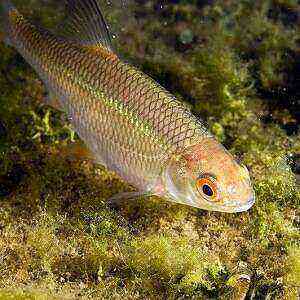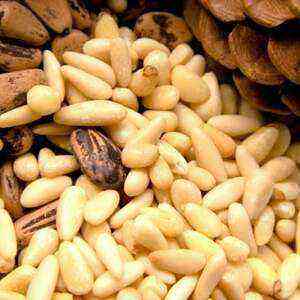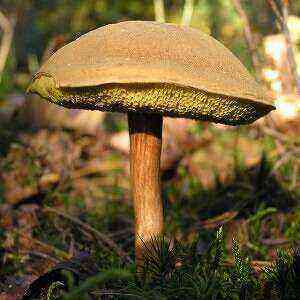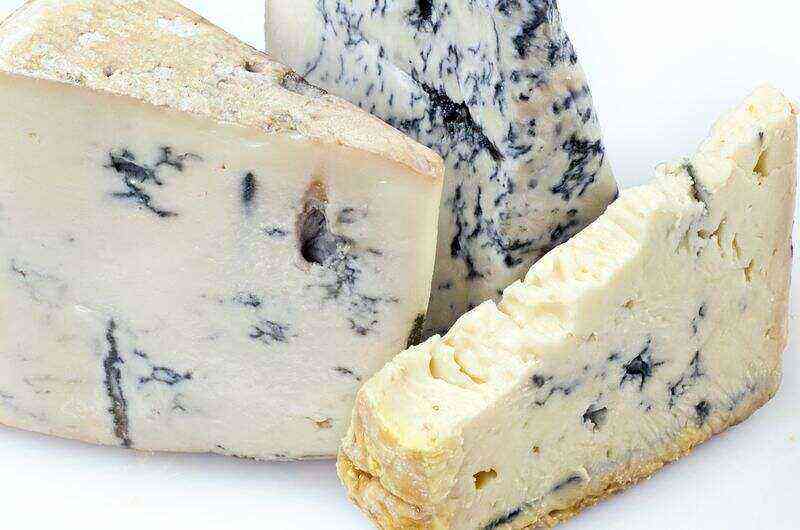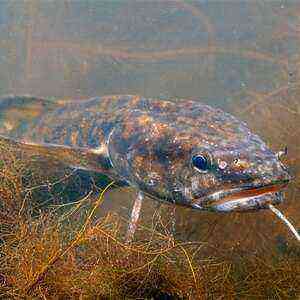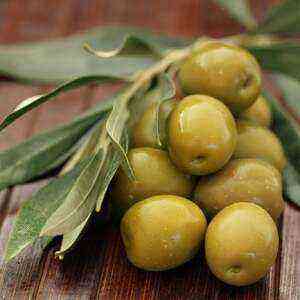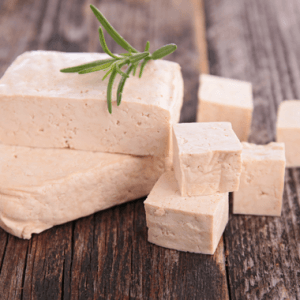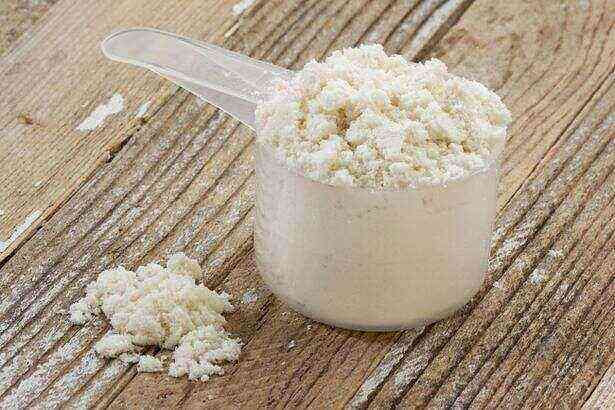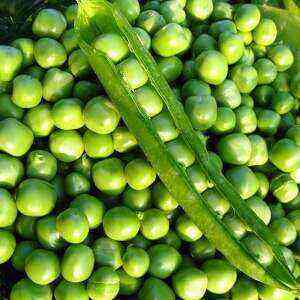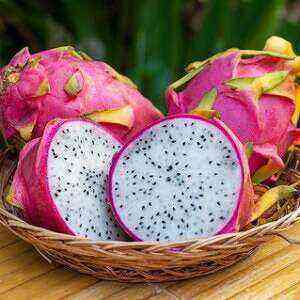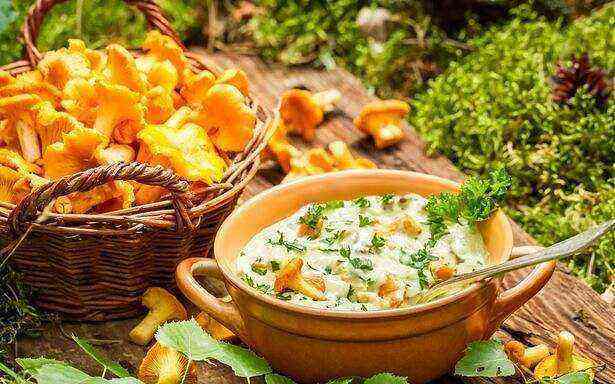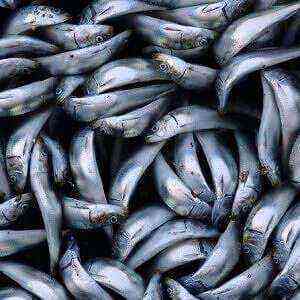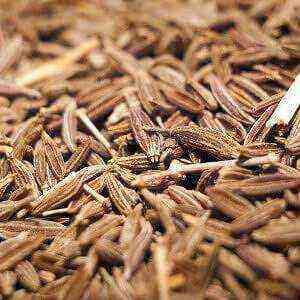
General characteristics
Snails can be found, perhaps, in every corner of the planet, and in the number of species they are second only to insects. Belonging to the gastropods, which includes terrestrial, freshwater, sea snails and slugs. Their ancestors are among the most ancient species of the animal world. Archaeologists say that the first gastropods lived on our planet even 500 millions of years ago.
Gastropods are able to adapt to the most diverse conditions of life. They do not require much food. Slugs differ from snails only in that they are devoid of an exoskeleton (“house”). Representatives of different species of land snails can differ significantly from each other, in particular in size. Some members of the species do not even reach 10 mm, while the giant continent lives on the African continent – more than 30 cm.
Most snails move very slowly – about 1 mm per second, leaving behind a slimy trail. It is thanks to the mucus that the gastropods can move on almost any surface without hurting themselves. They are completely devoid of hearing, but their sight and keen sense of smell, which is central to these animals, allows them to navigate the terrain. The “house” of the snail “grows” with it and finally solidifies when the gastropod creation reaches adulthood.
Another uniqueness of these animals is that they are hermaphroditic. That is, in each snail the male and female genitals are combined, and after mating the eggs they lay both partners.
The average life span of gastropods varies from 2 to 7 years. But in captivity, they can reach the 15 age (some are able to live for almost a quarter of a century).
Shellfish in world culture
In today’s world, the role of snails, as a rule, is limited to the limits of cooking. But it was not always so. In the past, some ethnic groups considered gastropods as “unclean” animals, from which there is no benefit. What can not be said about the ancient Greeks, who determined the harvest time by snails: they saw “houses” on the stems – it means that the gods allowed us to reap the benefits. For the ancient Babylonians and Egyptians, snails were a symbol of eternity, and the Aztecs generally worshiped this mollusk – they considered it the god of the moon. The first information about the consumption of these gastropods in food also refers to us in times of antiquity. It is known that the ancient Romans did not disdain snails, and this protein-rich meat appeared on the plates of nobles and poor people equally often.
Types of gastropods
There are about 90000 snail species, but only 3 species have gained worldwide fame: the giant African snail, the vine and Helix Aspersa.
African giant
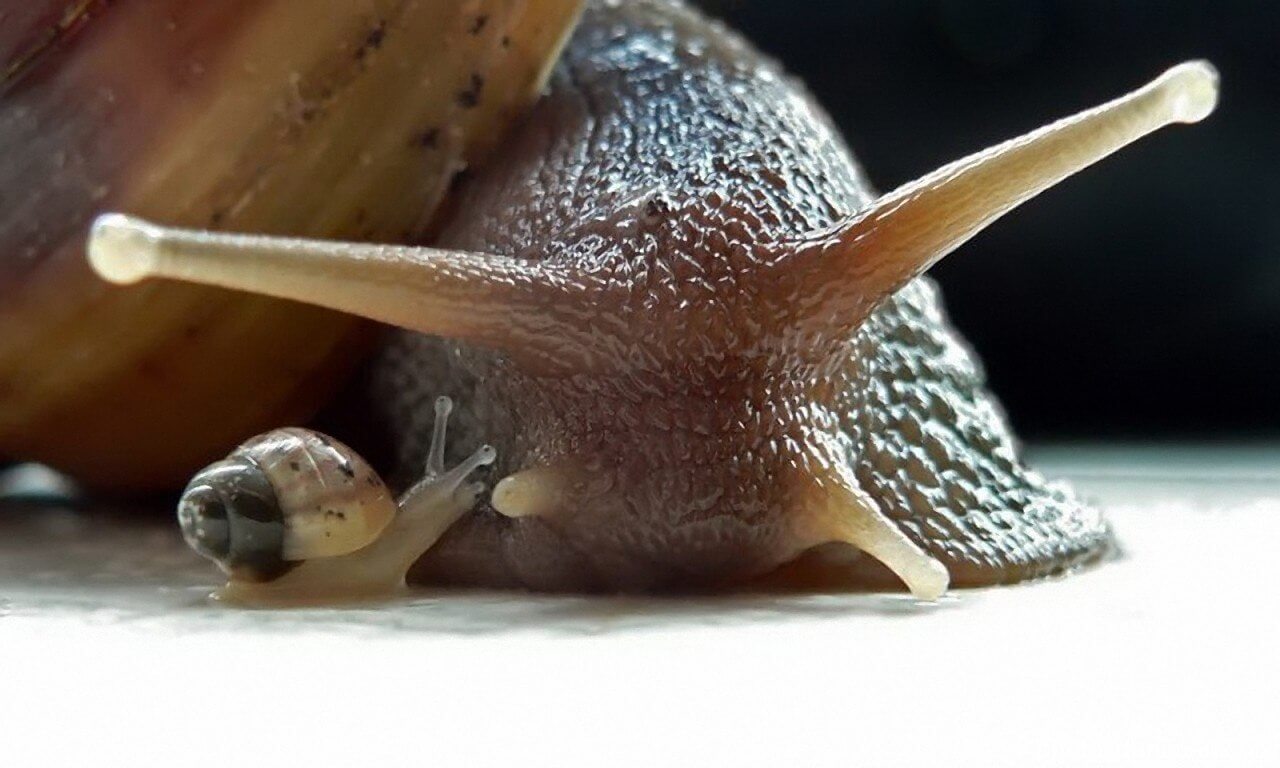
Homeland Akhatin – Africa. But biologists have noticed that these creatures feel quite well on the islands of the Caribbean and the Pacific Ocean. Meanwhile, on a territory alien to themselves, these herbivorous migrants bear many troubles to agriculture. Even more frightening to the farmers is the fact that Achatina breed very quickly: one snail lays about 200 eggs every time, almost 1200 per year.
In world cooking, Achatina meat is not considered edible. First of all, due to the high risk of being infected with parasites. Meanwhile, the inhabitants of Africa, this danger does not stop. They eat Akhatin themselves and sell the meat of giant clams to tourists.
French delicacy
But who does not require a special presentation, it is a grape, or garden snail (Helix Pomatia). This type is most often found in our gardens, gardens, parks. And these very gastropods are the hallmark of French cuisine. It is Helix Pomatia that gourmets eat in appetite in the best restaurants in Europe, calling them Roman or Burgundy snails.
The largest populations of grape mollusks were observed in Austria, Belgium, Germany, Romania, Spain, Ukraine, Great Britain, Luxembourg and some other countries on the continent. Meanwhile, these edible snails, being very unpretentious, have already successfully mastered the countries of Asia, Africa, Oceania and America. For a comfortable life, they need moderate sun and high humidity.
Helix Aspersa
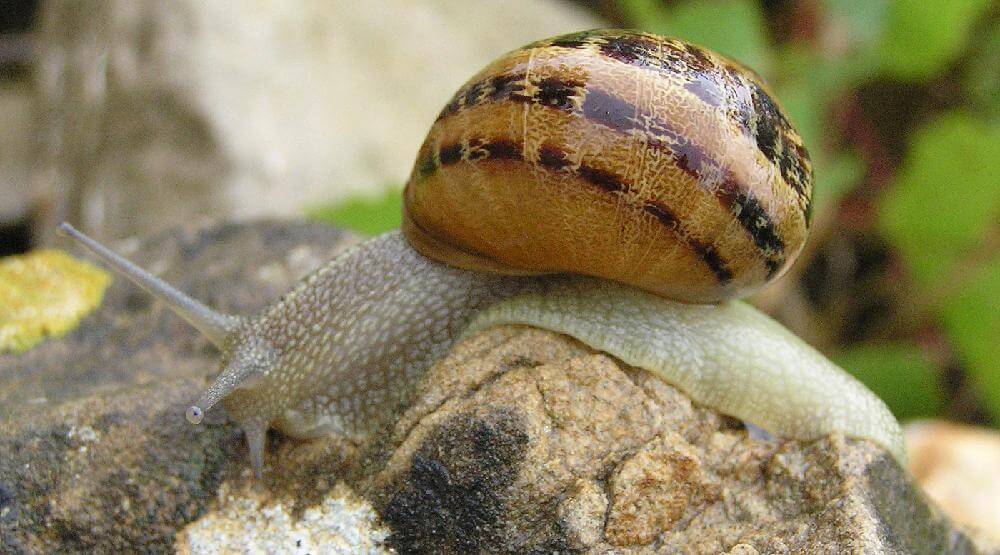
This type of snail is also considered edible. However, its main popularity and application of Helix Aspersa received in the field of cosmetology.
Useful material
Biologists have calculated that the average snail is 80% water, 15% protein and 2,4% healthy fat. In particular, the meat of these mollusks contains essential fatty acids, calcium, iron, selenium, and magnesium. They are rich sources of vitamins A, E, K and B12.
Snails are ideal for a fat burning diet. The calorie content of a 100 gram serving does not exceed 90 kcal. At the same time, the delicacy will provide the maximum amount of proteins (approximately 16,5 g) and the minimum dose of carbohydrates (no more than 2 g).
Regarding fats, nutritionists have calculated that a portion of gastropods contains less than 2 g of fat. But the main advantage is not even this, but the high content of omega-3 fatty acids. For example, snails include eicosapentaenoic acid (almost 120 mg per 100 g of product), which is one of the main components of omega-3. Cardiologists recommend consuming 250 mg of shellfish fatty acids daily to reduce the risk of heart disease.

- 3,5 mg of iron (and this is more than in beef);
- 250 mg of magnesium (which is much more than in beef, pork, chicken or fish);
- 382 mg of potassium;
- 272 mg of phosphorus;
- 70 mg of sodium;
- 10 mg of calcium;
- 1 mg zinc;
- 0,4 mg of copper;
- 27,5 mcg selenium;
- 0,5 mcg of vitamin B12;
- 0,1 mg of vitamin B6;
- 100 IU of Vitamin A;
- 5 mg of vitamin E;
- 0 μg of vitamin K;
- 0,1 mg riboflavin;
- 1,4 mg of niacin;
- 6 µg folic acid;
- 65 mg of choline.
Useful Properties
Hippocrates also wrote about the benefits of snails for human health. The ancient Greeks noticed that the mucus left by gastropods smoothes scars and is useful for treating skin diseases. Over time, scientists confirmed that Hippocrates was right. The composition of mucus includes substances that act on humans as antioxidants and anti-inflammatory drugs. In addition, the secret secreted by snails, the researchers believe, is the only natural source of copper peptide – a substance that eliminates scars. It has also been observed that gastropod secretory fluid is effective against warts and age spots. In addition, gastropod mucus has been used since ancient times to treat bronchitis, whooping cough, and other diseases of the respiratory system.
The meat of these mollusks contains a glycoprotein, and it is believed to have anti-cancer properties. Also dishes from snails are considered useful for people with cardiac problems.
Top 5 benefits
Snails – an excellent source of lectin, which has anti-cancer properties, stimulates the immune system.
- The mucus of these gastropods is rich in allantonin, collagen and elastin – components important for the treatment of skin diseases and bone fractures. Copper peptide from mollusk secretion helps to smooth scars.
- The secret secreted by these mollusks is an important source of oligosaccharides. In addition, this liquid treats acne, moisturizes the skin, improves its color, and protects against adverse environmental influences.
- Marine snails contain a specific substance that is useful for people suffering from depression, Parkinson’s disease or drug addiction.
- In the bodies of slugs with “houses”, scientists have discovered a substance that stimulates the production of dopamine (the so-called happiness hormone) in people with neurological disorders.
Snails on a plate
People have been eating snails for thousands of years. These crawling “houses” (mostly from the grape variety) have long been part of different national cuisines. Many consider them a tasty and nutritious option for a snack or main course. But, perhaps, the main lovers of snails – the French. Their “signature” dish is gastropods with garlic, spices and butter. Italians and Greeks will offer guests “houses” under a variety of sauces, as a supplement to pasta. Do not give up dishes from gastropods gourmets of Spain, Portugal, Germany, America.
Every year in the world people eat up millions of pounds of snails. And the French annually 24 May celebrate the Day of the Escargo (a dish of gastropods). But despite the high popularity of this dish, improperly cooked terrestrial mollusks can cause poisoning or a more serious disease caused by parasites. Especially careful processing require snails living in the wild. Some of them can carry in themselves the parasites that cause meningitis.
How to cook snails
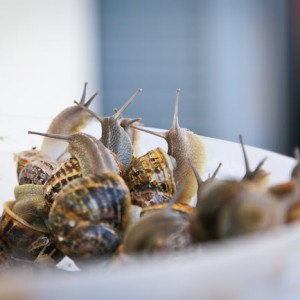
So, the first stage is to collect the desired number of snails. The easiest way to do this is in the morning hours (the dew is not dry yet) or after the rain. The season of “hunting” for snails, as a rule, lasts from April to September.
The second stage is the purification of gastropods. In order to clear the intestines, animals are thrown on 3-day starvation. To eliminate the bitter taste, you can feed them with ordinary flour.
At the third stage, it is important to thoroughly rinse the snails under running water and put them in a bowl of table salt for a while. Then once again thoroughly rinse from mucus, send to boiling water for 2-3 minutes. Rinse the boiled snails with water for the last time, and you can start cooking the main dish (or send it to the freezer until better times).
Three Ways to Cook a Scargo
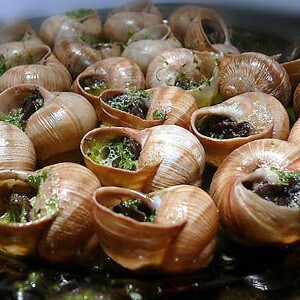
- frying;
- cooking;
- stuffed snails.
You can fry snails in nature (over a fire on the grate) or at home in a deep frying pan using olive oil. The snail is laid in the pan with holes up and fried over low heat. To improve the taste while cooking add some white wine.
Boiled snails are prepared in several stages. To start, prepared slugs are soaked for 12 hours in vinegar. Then washed and sent to boiling water. While the clams are boiling, you can cook a traditional spicy sauce. To do this, fry onions, garlic, tomatoes and greens in olive oil, add white wine to the mixture. Put the prepared snails in a saucepan with a sauce (the liquid should cover the “houses”) and put it out together for a few more minutes.
The hardest thing is to cook stuffed snails, but the dish is worth it to tinker with it a bit. Remove the pre-boiled snails from the shells and continue cooking (but already in water with spices). Empty shells are also boiled in water with soda. Stuffed “houses” stuffed with butter, garlic, parsley, pepper and other spices, and, of course, the very leg of the animal (after cutting out of it a dark section with intestines). If desired, you can cook any other stuffing.
Gastropods in cosmetology
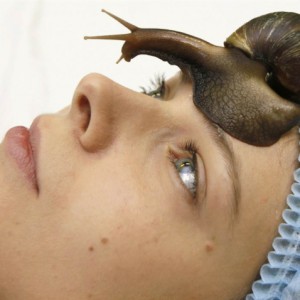
- glycolic acid (helps remove dead skin cells);
- collagen and elastin (structural components of the skin);
- allantoin (important for tissue regeneration);
- vitamin-mineral mix (for skin regeneration, relieves inflammation).
However, as it turned out in the course of research, not all snails affect the epidermis equally well. Of course, there will always be positive results, but substances taken from the secretory fluid of snails of the genus Helix Aspersa will give maximum effect.
Not everyone is ready to taste the snails. But as gourmets say, properly cooked mollusks have a divine taste. By the way, among other advantages of snails is the ability to absorb alcohol and improve digestion. Well, another interesting detail. They say snails also possess aphrodisiac properties. So, the Escargo can be considered the perfect dish for a romantic dinner.
 Snails – an excellent source of lectin, which has anti-cancer properties, stimulates the immune system.
Snails – an excellent source of lectin, which has anti-cancer properties, stimulates the immune system.